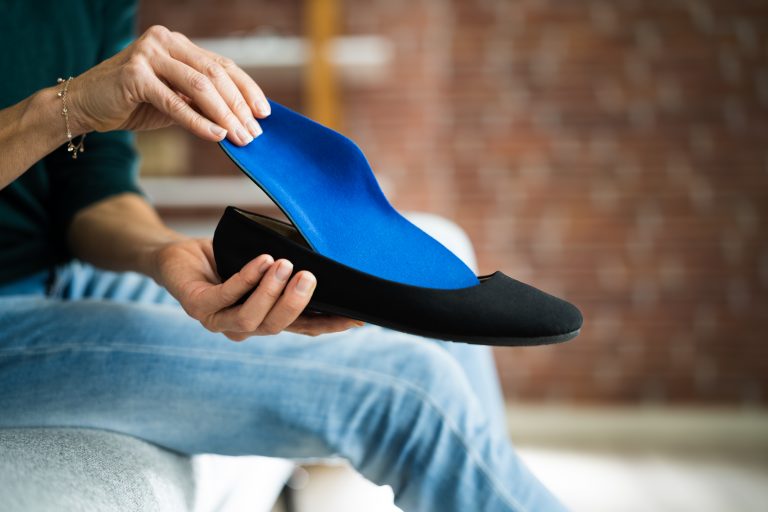The sole of a shoe is only one component of a foot orthosis. Through scanning and 3D printing, a high-precision product has been created by combining state-of-the-art manufacturing and podiatric understanding. Your podiatrist will confirm that foot orthotics are effective; meanwhile, you might want to learn more about how they function and how to use them.
What makes orthotics so beneficial?
It is worth noting that nearly everyone who has tried a set of foot orthotics has ultimately decided to keep using them. This is so because specially created orthotics that a podiatrist prescribes are designed to serve a specific function. For instance, to:
- Specifically modify the ground support and reposition the lower limbs;
- Compensate for a deformity, an asymmetry;
- Relieve pain following an injury;
- Enjoy better balance;
- Support and fit the shape of the sole of the foot in an optimal way during sports and athletic activities, etc.
The only treatment for chronic discomfort brought on by wearing the incorrect shoes, overtraining and years of standing at work is a foot orthosis. Avoid the prefabricated orthopedic inserts available over-the-counter in pharmacies if you have flat or cavus feet, interdigital neuromas, periostitis, sesamoiditis, etc. You also need technological orthopedic inserts if you have diabetes, have a slightly shorter leg, or are simply elderly but still active.
These insoles are actually orthopedic because of their higher level of precision, durability, and effectiveness, which is why they are referred to as technological. Due to their realization, a performance that starts with a digital footprint created by a 3D sensor continues in the lab with the help of data (computerized prescription obtained from the podiatrist), premium materials, and 3D printing technology, and concludes in the clinic, where the podiatrist makes the last adjustment with the patient.
Is the longevity of foot orthotics related to usage?
Thinness, flexibility, comfort, and mechanical qualities (absorption, propulsion, support, etc.) are factors that technicians and specialists take into account while creating a new generation of a foot orthosis. These insoles are not flimsy, but they are not eternally indestructible either, and they age faster the more you wear them. As a result, their usefulness varies depending on their usage (from 5 to 10 years approximately).
Additionally, you should let your podiatrist know if your body undergoes any significant changes (growth, weight loss, etc.), since this could affect the insoles’ long-term function. Of course, proper maintenance is also necessary.
Necessary maintenance of foot orthoses
Some plantar orthoses are stratified. All the necessary mechanical and orthopedic properties are present in their primary material. This plastic substance has no allergens, and it can withstand heat, humidity, and sweat to a certain level. An antimicrobial self-adhesive film that facilitates customization of the finish or cushioning may be present on its top surface. To ensure consistent performance, it is crucial to give your insoles due to maintenance. Make sure to practice the following:
- Every night (or after physical activity), remove your insoles from your shoes to air out and dry;
- Hand wash your insoles with a damp cloth (warm water, mild soap) or a soft brush. Do not immerse your insoles if they have an overlap and blot them without wringing them;
- Dry them flat, away from a heat source and without exposing them to the sun;
- Use anti-odor or anti-bacterial products approved by your podiatrist;
- Do not leave your insoles within reach of a pet.
Specific maintenance recommendations may need to be followed because each orthotic has a unique form and size. If required, speak with your podiatrist.
Every orthosis is unique. So is Talaria.
Along with providing the essential correction, support, and cushioning, a personalized foot orthosis truly becomes one with the foot when worn in conjunction with supportive footwear. Compared to over-the-counter insoles, the advantages are significantly greater. Orthotics are intricate and specific to each condition, just like the function and requirements of your feet. We can provide precise and customized solutions thanks to the technology developed by Talaria. Discuss your options with your podiatrist.
